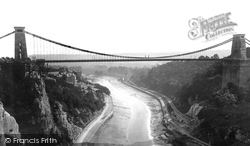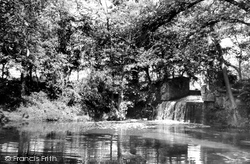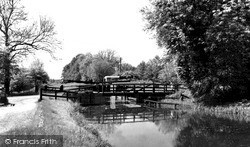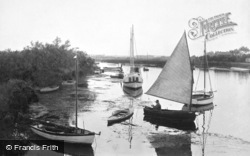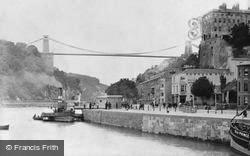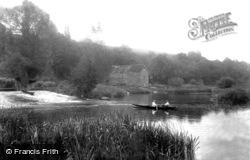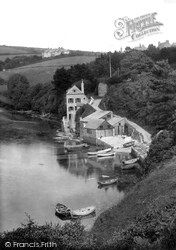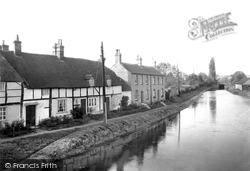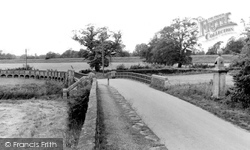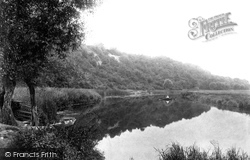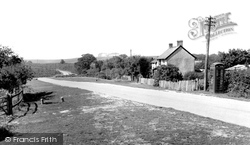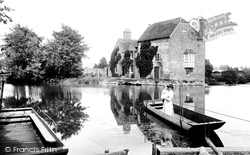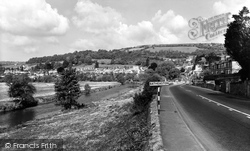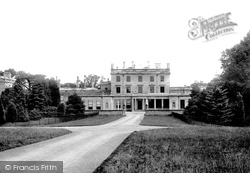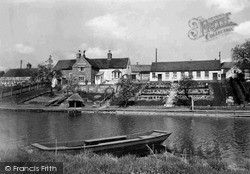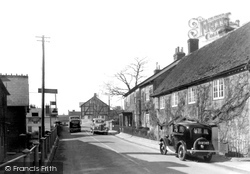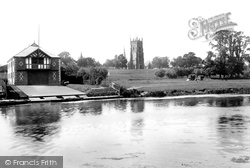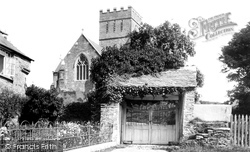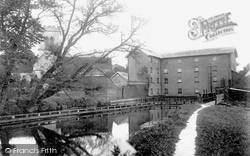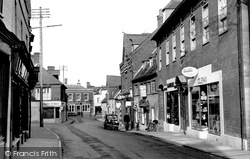Captions
172 captions found. Showing results 21 to 40.
The importance to Bristol of its Floating Harbour can be gauged from this picture, which shows the Avon at low water.
Across the Avon from Cropthorne, Fladbury is situated in rolling agricultural land of pasture and orchard.
Following the nationalisation of the railways in 1948, the Kennet and Avon Canal was closed to navigation in 1951, about four years before this photograph was taken.
The circular estuary of the Stour and Avon, where the two rivers penetrate far inland, and the shores of Christchurch Bay, attract thousands of sea and wading birds, particularly during the winter months
A paddle tug prepares to get under way again after bringing a vessel up the Avon.
The building in this view of the river Avon is Cleeve Mill.
The tiny settlement of Bantham, with its passenger ferry and boat-houses, clings to the eastern bank of the Avon where the river makes one last sweeping curve before meeting the sea.
This view of the Kennet and Avon Canal, taken from the Town Bridge, shows the site of Hungerford Wharf.
This is the bridge over the River Avon.
About a mile from Bidford, the hamlet of Marlcliff sits snugly below the eponymous marl cliff beside the River Avon.
Linwood is situated high on the heathlands of the western edge of the New Forest, overlooking the broad valley of the Avon.
Situated on the Avon, Cropthorne Mill has often attracted the attentions of artists and photographers.
The Fosse Way runs down from the right of this picture to meet the Avon and follow it to Bath, three miles away.
In the valley to the east are the winding waters of the River Avon, to the west the trees of Ringwood Forest.
So many towns and villages in Worcestershire are beautifully set on the banks of the county's rivers - as Wyre Piddle is on the Avon.
To the north-west of the New Forest is the peaceful little town of Fordingbridge, named after the ancient ford and medieval bridge which facilitate a passage across the River Avon at this point.
Abbot Lichfield's Bell Tower, built in 1539, dominates the water meadows of the River Avon.
Aveton Gifford (pronounced Auton, meaning the settlement on the Avon) stands at the head of the estuary.
The River Avon is famous for a rare kind of eel, called locally a sniggle; unlike the Common Eel, it has an elongated jaw and slender form.
In very early times Fordingbridge was known simply as 'Forde' , a crossing point of the Avon since prehistoric times.


